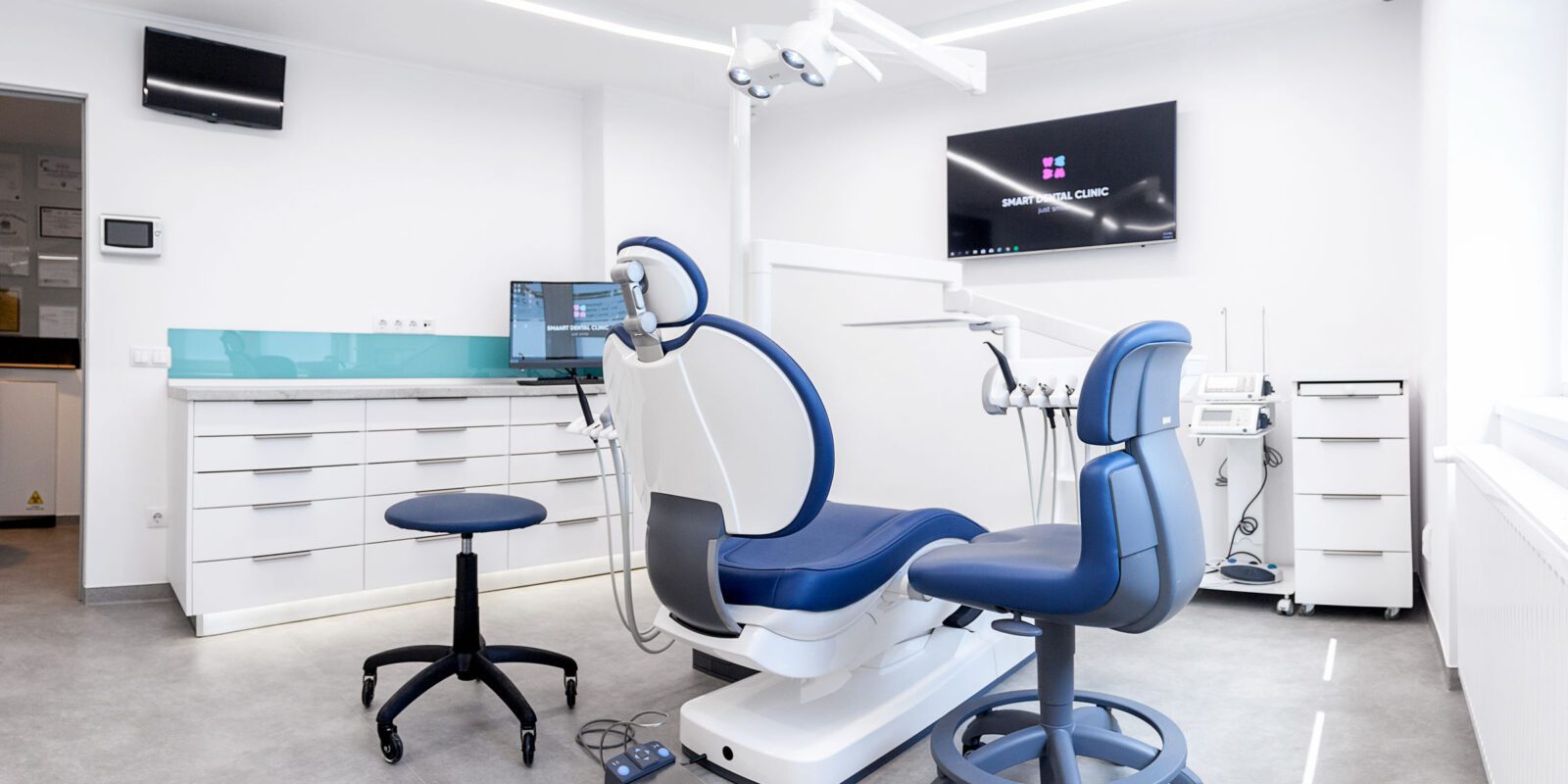Why Remedial Massage Could Be the Relief Your Body’s Been Craving

Strong 8k brings an ultra-HD IPTV experience to your living room and your pocket.
Ever feel like your body is holding onto tension no stretch, foam roller, or hot bath can fix? That deep, persistent tightness—whether in your neck, shoulders, lower back, or legs—might be more than just everyday stress. It could be your body’s way of signaling that something needs to change.
If you’ve tried everything from yoga to painkillers and still feel sore, remedial massage might be the targeted relief you’ve been craving.
Unlike relaxation massage, this therapy goes deeper, working with your body to heal rather than just soothe.
In this article, we’ll explore what remedial massage is, how it works, and why so many people (from desk-bound workers to athletes) swear by it for long-term pain relief and improved mobility.
Quick Overview: What You’ll Learn
- Remedial massage targets the root cause of muscular pain, not just the symptoms.
- It’s ideal for treating chronic tension, postural imbalances, injuries, and movement restrictions.
- Benefits go beyond pain relief—it can also enhance circulation, flexibility, and stress recovery.
- Sessions are often tailored to your specific pain points or dysfunctions.
Want to dive deeper into how it works and whether it’s right for you? Keep reading!
What Is Remedial Massage and Why Is It Different?
Remedial massage is a clinical approach to treating soft tissue dysfunction. Unlike a typical spa massage that’s designed for relaxation, this technique uses precise pressure, trigger point therapy, and muscle testing to locate and correct physical issues.
Key features that set it apart:
- Therapist-led assessment before treatment begins.
- Custom pressure and techniques based on your body’s needs.
- Targeted focus on problem areas, not just general tension.
Did You Know?
Remedial massage is often included in private health insurance extras in Australia, as it’s recognised as a legitimate therapeutic modality—not just a luxury.
Common Reasons People Seek Remedial Massage
Remedial massage isn't just for athletes or people with diagnosed injuries. Here are some everyday issues it can help with:
- Desk-related postural strain (tight shoulders, neck pain, or lower back aches)
- Chronic headaches or jaw tension
- Ongoing soreness after training or workouts
- Stiffness or poor mobility when waking up
- Old injuries that still “flare up” from time to time
Whether you're sitting too much, standing too long, or pushing hard in the gym, your muscles can develop imbalances that only targeted hands-on therapy can address.
What Happens During a Session?
Every remedial massage appointment starts with a conversation and assessment.
- You’ll explain your main pain points, injuries, or movement concerns.
- The therapist may perform range of motion tests or postural checks.
- During the massage, they’ll use a combination of techniques:
- Trigger point therapy for releasing deep-seated tension
- Myofascial release to improve tissue flexibility
- Stretching or joint mobilisation, if needed
Expect some moments of discomfort—especially if muscles are particularly tight—but the result is often a noticeable difference in how your body feels and moves.
Pro Tip:
Communicate during your session. Remedial massage isn’t about “grin and bear it.” If something hurts too much or isn’t helping, speak up so the therapist can adjust.
Quick Guide: When Your Body’s Stuck in a Loop of Pain
Stiff neck every morning? Or maybe your back feels like it’s made of bricks?
Let’s look at how remedial massage can help you break that cycle.
Common Challenges:
- Do you wake up sore even after a full night’s sleep?
- Do you feel like your shoulders are always creeping toward your ears?
- Do you keep using heat packs or painkillers just to get through the day?
How to Solve It:
- Target the Source, Not the Symptom: Remedial massage focuses on what's causing the tension—not just the sore spot. For example, your neck pain could be due to tight chest muscles pulling your posture forward.
- Improve Blood Flow and Muscle Health: Increased circulation helps bring nutrients to tight or damaged tissues, speeding up recovery.
- Correct Imbalances Through Manual Therapy: By releasing tight muscles and activating underused ones, you can restore better posture and function.
- Support Long-Term Movement Goals: Regular sessions can support flexibility, injury prevention, and even sports performance.
Why It Works:
By interrupting the pain-tension-pain cycle, remedial massage gives your body the chance to reset. Most people report better movement, less pain, and improved sleep after just a few sessions.
Need help getting started? Reach out to a certified remedial therapist near you for an initial assessment.
Benefits That Go Beyond Muscle Relief
Remedial massage isn't just about loosening knots. It offers a range of whole-body benefits:
Pain Reduction
Whether from injury, poor posture, or repetitive use, massage relieves built-up tension and eases chronic discomfort.
Improved Flexibility and Mobility
Regular sessions can help increase your range of motion—perfect for those who feel “stuck” or restricted.
Better Posture
By releasing tight muscles and realigning your body’s natural posture, massage can reduce future strain and discomfort.
Enhanced Mental Wellbeing
The physical relief often leads to improved sleep, reduced anxiety, and a greater sense of relaxation—even if relaxation isn’t the primary goal.
“I used to think remedial massage was just another word for deep tissue, but it honestly changed how I manage my pain. I can actually get through a workday without my neck seizing up.” — Anonymous Client Testimonial
FAQs About Remedial Massage
Q: Is remedial massage painful?
A: You may feel temporary discomfort—especially during trigger point work—but it should never feel unbearable. Always communicate with your therapist about pressure levels.
Q: How often should I get a remedial massage?
A: It depends on your goals. For injury recovery, weekly or bi-weekly sessions may be ideal. For maintenance and general tension relief, monthly sessions can work well.
Q: Can I claim remedial massage on private health insurance?
A: Yes, many Australian health funds cover remedial massage under extras policies—but only if provided by a registered therapist. Always check with your insurer.
Q: What should I wear or bring?
A: Most therapists will provide towels and conduct the session in a professional environment. You don’t need to bring anything, though some may ask you to complete a pre-treatment form.
Conclusion: The Relief You Didn’t Know You Needed
Remedial massage isn’t just for athletes or people with diagnosed conditions—it’s for anyone who wants to feel better in their body. Whether you're dealing with ongoing tension, chronic pain, or movement restrictions, this targeted therapy offers real results that go far beyond temporary relief.
If your body’s been sending signals that something’s not right—tightness, stiffness, or pain that just won’t quit—it might be time to listen. Remedial massage could be the relief your body’s been craving all along.
Note: IndiBlogHub features both user-submitted and editorial content. We do not verify third-party contributions. Read our Disclaimer and Privacy Policyfor details.






